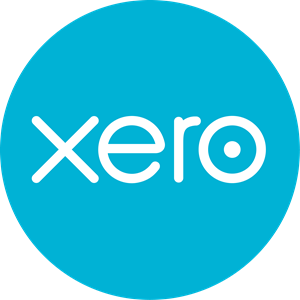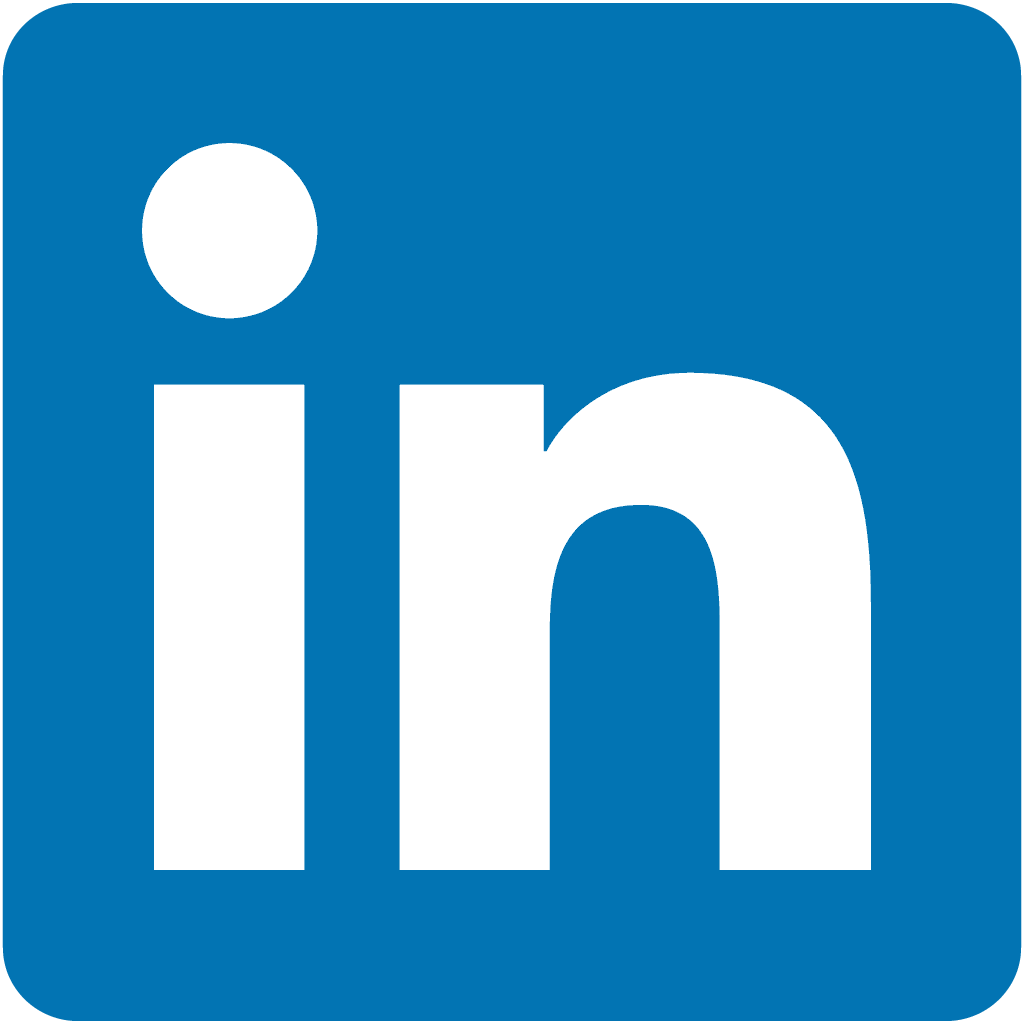We Created AI Tools For Consultants And Make $10K/Mo
Hello! Who are you and what business did you start?
Hello! My name is Andrew, and I'm one of the co-founders of Artificial Workflow, a company focused on providing AI solutions specifically for consultants.
Our main product, Echobase AI, helps consultants by automating analysis and offering customized recommendations, allowing them to focus more on strategic work. Our customers range from independent consultants to consulting firms looking to improve their efficiency and results.
Currently, EchoBase AI is making roughly $10,000 a month in recurring revenue, about 80% of which comes from enterprise clients paying $299 / month.

What's your backstory and how did you come up with the idea?
My background primarily lies in marketing within the Web3 space. However, our co-founder James brings a wealth of experience from his time as a management consultant at EY, where he observed firsthand the extensive time and effort consultants invested in manual data processing, analysis, and other repetitive tasks.
Initially, we started as an AI consulting company, aiming to offer bespoke consulting services to businesses looking to integrate AI solutions. This venture involved a significant amount of cold outreach on LinkedIn, resulting in around 200 sales calls primarily with consulting firms we found on the platform.
Through these engagements, we noticed a recurring pattern: we were developing the same technology solution for multiple clients. Recognizing an opportunity for efficiency and scalability, we decided to pivot our approach.
Instead of continuing to build custom solutions for each new client, we packaged the core functionality into a SaaS-like platform. This allows us to offer subscription-based access, streamlining our operations and providing a more scalable product for our clients.
By targeting relevant keywords and creating either blogs or tools pages for them, we've managed to drive significant organic traffic—almost 10,000 clicks from SEO in the past month alone.
Take us through the process of building the first version of your product.
From prior startups, we had a good grasp of both the technological and business requirements. The goal was to create a minimum viable product (MVP) that could effectively automate analysis and offer customized recommendations for consultants.
Our initial step was to identify the core functionalities that would deliver the most value to our users. We decided to focus on creating a simple knowledge work analysis tool, that allowed users to upload their transcripts from interviews and have our AI analyze all of them.
We started with wireframes and rough mockups in Figma to visualize the user journey and interactions with our platform. Using feedback from our early LinkedIn sales calls, we iterated on these designs until we felt confident about the direction we were heading.
From here we unfortunately hired a very cheap developer from Fiverr, who miraculously got our MVP over the line, but just barely.
This MVP we were actually able to onboard about 4 to 5 enterprise clients before realizing that the dev didn't build async into the app, meaning that whenever one client was uploading or using the app, the other client would have to wait for them to finish, which was a huge issue.
Our MVP “Log in” only supported email.

Our MVP “AI Agent Dashboard”

Describe the process of launching the business.
Launching was definitely a learning experience. Our initial MVP, built by a Fiverr dev on a tiny budget, had significant issues, particularly with its lack of async functionality. Despite these limitations, we managed to onboard 4 to 5 enterprise clients.
Realizing the need for a more robust solution, we spent the last three months completely overhauling the product. This involved working with 2 devs who weren't the right fit then finally going with a dev shop to finish the job.
Our website was also revamped to reflect the improved product, offering detailed information on features and tools. Following this we launched the product organically with posts on Linkedin, Medium, Instagram, and TikTok.
However this organic social activity didn’t help bring users to the site, it has mostly been SEO and cold outreach which has brought us our paying users.
The biggest lesson we learned was the importance of investing in quality development from the start. Cutting corners initially led to delays and about $50k in wasted payments to developers.
Since launch, what has worked to attract and retain customers?
Since launching, we've focused on a few key strategies to attract and retain customers. Our cold outreach on LinkedIn, led by James’ strong reputation in the consulting industry, has been particularly effective. This method consistently generates numerous sales demos each week, most of which are companies who will sign up to the enterprise plan or even pay for training.
Email marketing has been crucial for keeping our current customers engaged. We send weekly updates, and offer exclusive deals to maintain a strong connection with our clients. We’ve started to send “first month free” emails to some of James’ leads who weren’t interested enough to buy at first, and have seen about 30% of them accept this offer so far.
SEO has also been a major part of our strategy. By targeting relevant keywords and creating either blogs or tools pages for them, we've managed to drive significant organic traffic—almost 10,000 clicks from SEO in the past month alone. This is an avenue we plan to lean into heavily in the coming months.
For example we currently have 2 new blogs that we published to hit the keywords PDF Summarizer, and can ChatGPT write a book.
Networking and partnerships have further supported our growth. Attending local industry events and implementing a referral program, where we offer a 40% cut to clients who refer us, have helped us expand our reach.
If we were to start over from scratch, our primary focus would be to find a technical co-founder capable of independently developing the entire MVP.
How are you doing today and what does the future look like?
To attract and retain customers, LinkedIn cold outreach has been key. James is well respected in the consulting space, and is able to book 10s of sales demos per week with potential enterprise clients, this has been our leading revenue source so far.
Email marketing also keeps our existing customers engaged.
We have been steadily growing our SEO traffic, as well as creating more tools pages and blog pages to target specific keywords. For example we have a “AI Tools” page on which we have so far create 10 tools pages:
- AI Paragraph Generator
- AI Email Generator
- AI Letter of Recommendation
- AI Character Description Generator
- Rap Lyrics Generator
- AI Story Generator
- AI Ebook Generator
- Passive to Active Voice Converter
- Passive Voice Checker
- AI Script Generator
As you can see all of our tools are in our niche, meaning they all contribute to our topical authority in google's eyes. We also have a component near the bottom of the page on each tool page that links together all of our tools, providing internal link “juice”.
We also plan to create “Top 5 Best {tool name}” and “How to use {tool name}” blogs for each of our tools, like this Top 6 Best AI Paragraph Generators blog we created to accompany our paragraph generator tool.
Networking and partnerships have also boosted our growth, particularly in local industry events. We also pitch our clients a 40% cut if they refer us to any of their clients.
To date, 90% of our revenue comes from Enterprise clients who have been personally on-boarded to the platform by James, and sort out via cold outreach on Linkedin. We currently have 30 subscribed enterprises with some paying for extra seats.
Another great addition to our revenue has been paid training and on-boarding which we offer for a flat fee of $2,500, this gets the client 4 hours of calls along with training materials.
Through starting the business, have you learned anything particularly helpful or advantageous?
Building Echobase taught us several key lessons. As mentioned above, we made the mistake of skimping on development, which led to technical issues and delays. We've learned the hard way that investing in quality development from the start is crucial.
On the positive side, our focus on LinkedIn for outreach has been highly effective, helping us build a strong community and engage our target audience. SEO optimization and personalized customer support have also been key to attracting and retaining clients. Finally, adaptability and perseverance have proven invaluable in navigating challenges and not giving up.
What platform/tools do you use for your business?
We use a bunch of tools on a daily basis. For design and prototyping, we use Figma. For creating and hosting our website we use Framer (a no code website builder).
Mailchimp handles our email campaigns, while we spend large parts of our days on Ahrefs in order to find our next keyword opportunities. On the financial side, we use Xero for managing our accounting and invoicing.
We store and manage our code on GitHub which we also use for all of our project management.
What have been the most influential books, podcasts, or other resources?
"The Lean Startup" by Eric Ries has been a game-changer for us. The idea of building and iterating quickly based on market feedback shaped our approach to EchoBase AI.
For podcasts, "How I Built This" by Guy Raz and "Masters of Scale" by Reid Hoffman have been incredibly inspiring. Hearing real stories of success and failure from other entrepreneurs gave us practical insights and the motivation to keep going.
Advice for other entrepreneurs who want to get started or are just starting out?
If we were to start over from scratch, our primary focus would be to find a technical co-founder capable of independently developing the entire MVP. This individual would also be able to lead the development team when the time comes.
Secondly, we would prioritize optimizing the business for SEO from the outset. We would begin by researching relevant keywords using tools like Ahrefs and validate our product based on user search volume. The most effective way to drive traffic through SEO is to create free tools that target exact match search terms, such as "AI Paragraph Generator."
This term has a high search volume and is a relatively simple tool to develop. Consequently, we incorporated this functionality into our app and dedicated a specific page to the AI Paragraph Generator tool.
So a good product to build would be one that has a bunch of high volume relevant keywords that your site can rank for.
Are you looking to hire for certain positions right now?
Yes! We are definitely looking for a great full stack developer to come on as a co-founder / CTO. (Equity position).
Anyone interested in this role, can email me andrew@artificialworkflow.com
Where can we go to learn more?
If you have any questions or comments, drop a comment below!

Download the report and join our email newsletter packed with business ideas and money-making opportunities, backed by real-life case studies.

Download the report and join our email newsletter packed with business ideas and money-making opportunities, backed by real-life case studies.

Download the report and join our email newsletter packed with business ideas and money-making opportunities, backed by real-life case studies.

Download the report and join our email newsletter packed with business ideas and money-making opportunities, backed by real-life case studies.

Download the report and join our email newsletter packed with business ideas and money-making opportunities, backed by real-life case studies.

Download the report and join our email newsletter packed with business ideas and money-making opportunities, backed by real-life case studies.

Download the report and join our email newsletter packed with business ideas and money-making opportunities, backed by real-life case studies.

Download the report and join our email newsletter packed with business ideas and money-making opportunities, backed by real-life case studies.


























